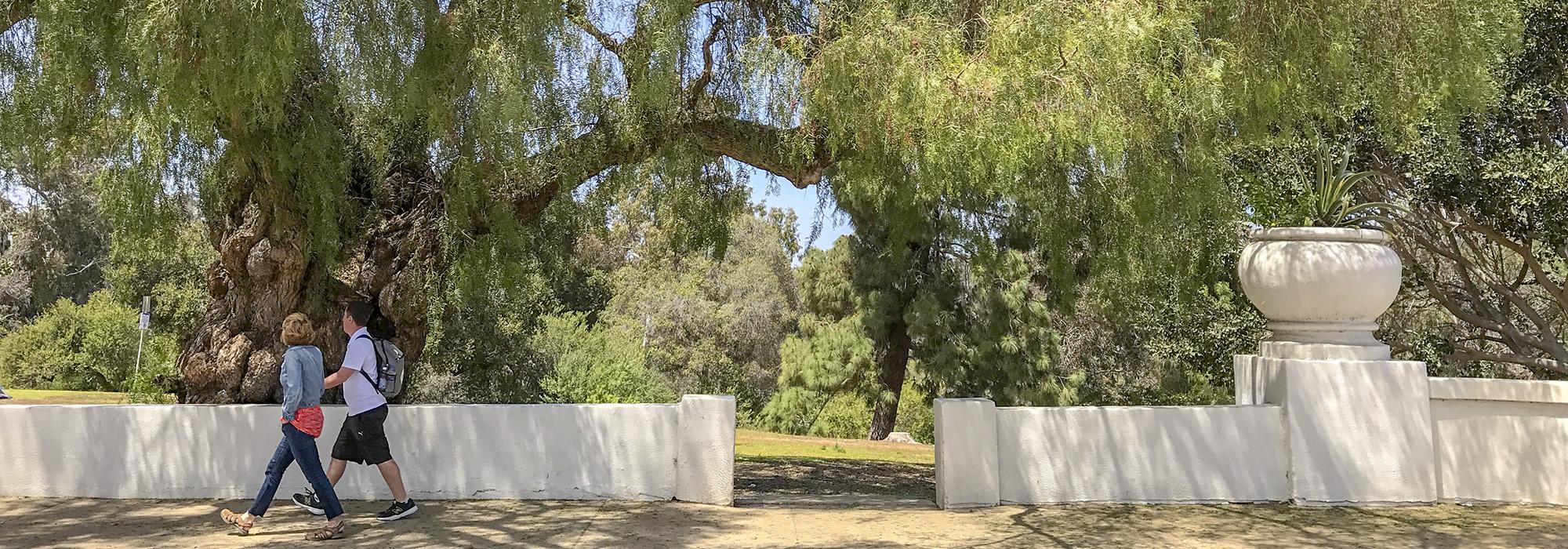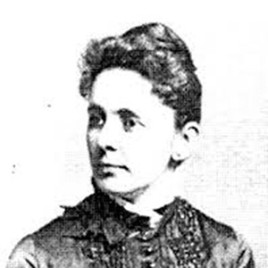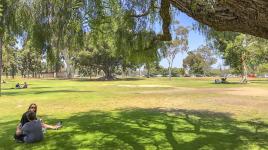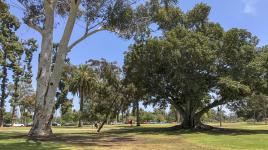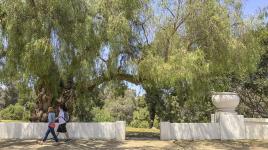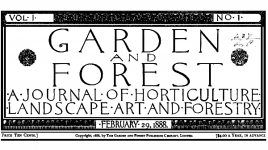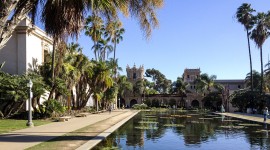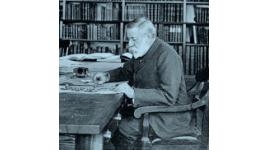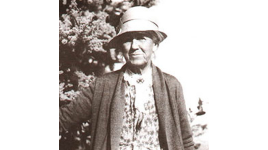Pioneer Information
Born in Philadelphia, Pennsylvania, Coulston was raised there and in rural New Jersey by her widowed mother. She married Charles W. Coulston in 1873, at the age of eighhteen, and had two children soon thereafter. In 1880 the family farmed for a brief period in Mt. Laurel, New Jersey, returning to Philadelphia by 1883.
Coulston’s involvement with landscape architecture began in 1887 when she relocated to New York City and became an editorial assistant for Garden and Forest, an important venue for emerging ideas in landscape design and related fields. After the journal was discontinued in 1897, Coulston completed a two-year course in the horticultural program at Cornell University, led by Liberty Hyde Baily. Familiar with her writing experience, Baily enlisted Coulston to assist with his seminal Cyclopedia of American Horticulture.
In 1902 George W. Marston of the San Diego Chamber of Commerce hired Coulston to write feature articles about the development of City Park (known today as Balboa Park) in an effort to sway public opinion. She was elected secretary of the Park Improvement Committee on January 1, 1903, prompting her move from the Bay Area to San Diego to focus on the park’s development. In this role, Coulston was critical in selecting landscape architect Samuel Parsons, Jr., to design City Park and helped coordinate the Park Improvement Committee’s planning efforts. During the summer of 1904, she enrolled in summer classes at the University of California, Berkeley, to complete her college degree. Coulston died unexpectedly on July 17, 1904, in Oakland during emergency surgery in the wake of an intestinal blockage.



